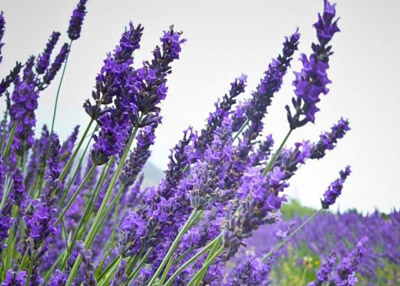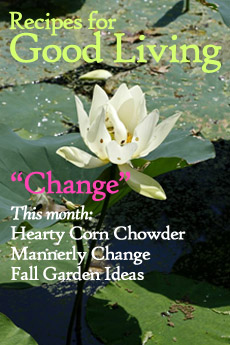Garden Plot
Lavender

The soothing fragrance of lavender is one of the sure tell-tale signs of summer. This beautiful, fragrant herb is a favorite among gardeners and home decor aficionados alike. Growing lavender is relatively easy, requiring only the right soil composition and plenty of sunlight. A perennial herb, once planted, you can enjoy its many qualities for years to come. Here are some lavender facts, including a bit about growing that I am sure you will find interesting:
Lavender, also known by its proper name Lavandula, is a genus of 39 species of flowering plants in the mint family., Lamiaceae. It is native to the Old World and is found from Cape Verde and the Canary Islands, southern Europe across to northern and eastern Africa, the Mediterranean, southwest Asia to southeast India. Many members of the genus are cultivated extensively in temperate climates as ornamental plants for garden and landscape use, for use as culinary herbs, and also commercially-grown for the extraction of essential oils. The most widely cultivated species, Lavandula angustifolia is often referred to as lavender, and there is a colour named for the shade of the flowers of this species.
Growing
Lavenders flourish best in dry, well-drained, sandy or gravelly soils in full sun They typically require little or no fertilizer and good air circulation. In areas of high humidity, root rot due to fungus infection can be a problem. Organic mulches are not recommended as they can trap moisture around the plants' bases. Soil that has been mixed with gravel-type material, such as crushed rocks make for great growing conditions.
Uses
Lavender hybrids are widely cultivated for commercial use, since their flowers tend to be bigger than those of English lavender and the plants tend to be easier to harvest, but the oil is regarded by some to be of a lower quality than that of English lavender, with a perfume less sweet. Lavender produces a wonderful essential oil with sweet overtones, and can be used in balms, salves, perfumes, cosmetics, and topical applications.
Flower spikes are used for dried flower arrangements. The fragrant, pale purple flowers and flower buds are used in potpourris. Lavender is also used extensively as herbal filler inside sachets used to refresh linens. Dried and sealed in pouches, lavender flowers are placed among stored items of clothing to give a fresh fragrance and to deter moths. Dried lavender flowers have become recently popular for wedding confetti. Lavender is also popular in scented waters and sachets.
Cooking
For culinary purposes, lavender is grown as a condiment and used in salads and dressings. [17] Flowers yield abundant nectar from which bees make a high-quality honey. Mono-floral honey is produced primarily around the Mediterranean, and is marketed worldwide as a premium product. Flowers can be candied and are sometimes used as cake decorations. Lavender is great when used as a flavor for baked goods and desserts and pairs particularly well with chocolate. Lavender can also be used to make deliciously-fragrant lavender sugar. Lavender flowers are occasionally blended with black or green teas, or made into tisanes. Though associate a lot with French cooking, they are not known for using this herb in traditional French cooking. In the United States, both lavender syrup and dried lavender buds are used to make lavender scones and marshmallows.
Lavender is used extensively with herbs and aromatherapy. Infusions are believed to soothe insect bites, burns, and headaches. Bunches of lavender repel insects. In pillows, lavender seeds and flowers aid sleep and relaxation.[10] An infusion of flower-heads added to a cup of boiling water is used to sooth and relax at bedtime to encourage a peaceful night’s sleep. Lavender oil (or extract of Lavender) is used to treat acne when diluted one part lavender and 10 parts water, rosewater, or witch hazel; it also treats skin burns and inflammatory conditions. The essential oil was used in hospitals during World War II. (Reference credit - Wikipedia)
Until next month, Happy Gardening!




